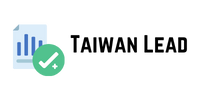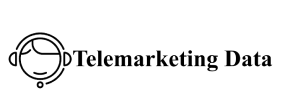In today’s digital marketing landscape, WhatsApp has emerged as a powerful tool for lead generation. Many businesses leverage WhatsApp campaigns to connect directly with potential customers, foster engagement, and boost conversions. But not every campaign hits the mark. This article breaks down the key components of a WhatsApp lead campaign, highlighting what strategies delivered results and what pitfalls to avoid.
What Worked in the WhatsApp Lead Campaign
1. Personalized Messaging Increased Engagement
One of the biggest successes was the use of personalized messages. Instead of generic broadcast texts, the campaign utilized customized greetings and tailored offers based on the recipient’s profile and previous interactions. This approach boosted open rates and created a more natural conversational flow, making leads more receptive.
2. Quick Response Time Improved Conversion Rates
Another factor that worked well was whatsapp lead the rapid response strategy. By responding to inquiries within minutes, the campaign kept prospects engaged and prevented drop-offs. Quick replies helped build trust and demonstrated excellent customer service, which translated into higher conversion rates.
What Didn’t Work in the WhatsApp Lead Campaign
1. Overuse of Broadcast Messages Led to User Fatigue
A common mistake was the excessive how to cross-channel promote your phone list for seasonal campaigns use of broadcast messages without segmentation. Sending the same message to all contacts led to lower engagement and even caused some users to block the number. Without proper targeting, the campaign felt intrusive rather than helpful.
2. Lack of Clear Call-to-Action Weakened Campaign Impact
Some messages lacked a strong, clear phone number business leads call-to-action (CTA). Prospects received information but were not guided on what to do next. This ambiguity reduced the number of leads who took the desired action, whether it was scheduling a call, visiting a website, or making a purchase.
Lessons Learned and Recommendations for Future Campaigns
Focus on Segmentation and Personalization
To maximize WhatsApp campaign effectiveness, it’s crucial to segment your audience based on demographics, interests, and previous behavior. Personalized messaging resonates better and avoids overwhelming recipients with irrelevant content.
Implement Clear and Direct CTAs
Every message should end with a clear CTA that directs the lead towards the next step in the sales funnel. Whether it’s booking a demo or claiming a discount, clarity drives action.
Balance Message Frequency
Avoid flooding contacts with too many messages. Find the right balance between keeping leads informed and respecting their inbox. Consistency and timing matter.
Utilize Automation with a Human Touch
Automation tools can streamline responses and follow-ups, but it’s essential to maintain a personal feel. Incorporate human support for complex queries to enhance customer experience.

